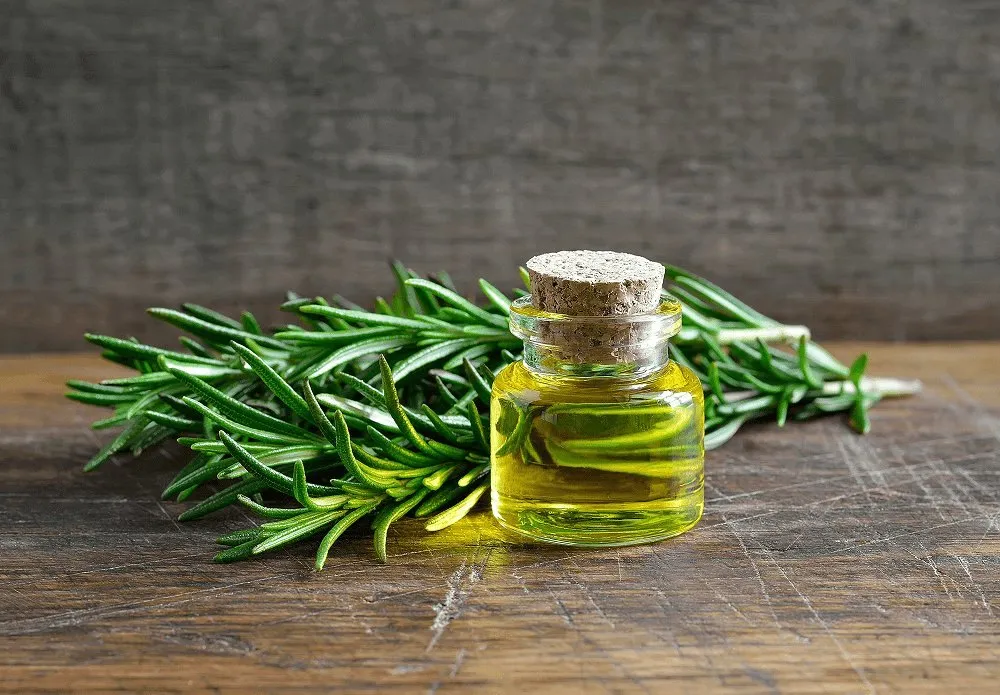
Herbal Earth Nutraceuticals – one of the leading Calamus Oil Manufacturers in India, are reckoned worldwide for bulk orders of herbal extracts and Essential Oils. We continually enhance our production facility for consistency in quality and timely delivery. Our priority is purity, and we go beyond the boundaries to create a healthier world with our healthy herbal solutions.
Produced from the Calamus plant roots, using hydro-distillation process, Calamus Oil has excellent health benefits and is famous for being used in varied industries like; dietary supplement, food, cosmetic, human and animal pharmaceutical ingredients etc. Therefore, we ensure that offered Calamus Oil conforms to USFDA, TGA, MEDSAFE and EU guidelines before getting dispatched from our ends.
Being paramount among the best Calamus Oil Exporters and Suppliers in India, we bring qualitative range at competitive rates. For more information or assistance, dial our number now.
Botanical Name: Acorus Calamus
Common Name: Myrtle grass, sweet calamus, sweet cane, sweet flag, sweet root, sweet rush
Family: Acoraceae
Parts Used: Fresh or dried roots
Acorus calamus is a semiaquatic, perennial, aromatic herb with creeping rhizomes, native to northern temperate and subtropical regions of Asia, North America, and Europe. The plant prefers swampy or marshy habitats. It has grass-like or sword-shaped, long slender leaves that fan out from a pinkish base and grow up to 1.5 m in length. The slightly curved spadix is crowded with small yellowish-green to brown flowers. In the Ayurvedic system of medicine, the rhizomes are considered to possess aromatic, stimulant, bitter tonic, emetic, expectorant, emmenagogue, aphrodisiac, laxative, diuretic, antispasmodic, carminative, and anthelmintic properties. The tribals in the Garhwal region of the Himalayas take a decoction of the rhizome as a non-alcoholic beverage. The fresh rhizomes are chewed to prevent intoxication from alcohol. Since antiquity, AC rhizome has been used for medicinal baths, in incense, and for tea.
Active Principles: The oil was found to contain varying concentrations of α.-asarone, β.-asarone, γ.-asarone, calamene, calamenenol, calameone, α.-pinene, β.-pinene, camphene, p.-cymene, eugenyl acetate, eugenol, isoeugenol, methyl isoeugenol, calamol, azulene, eugenol methyl ether, dipentene, methyleugenol, asaronaldehyde, terpinolene, 1,8-cineole, camphor, α.-caryophyllene, and hydrocarbons. The oil also contains fatty acids such as palmitic acid and its ester, heptylic acid, an ester of butyric acid.